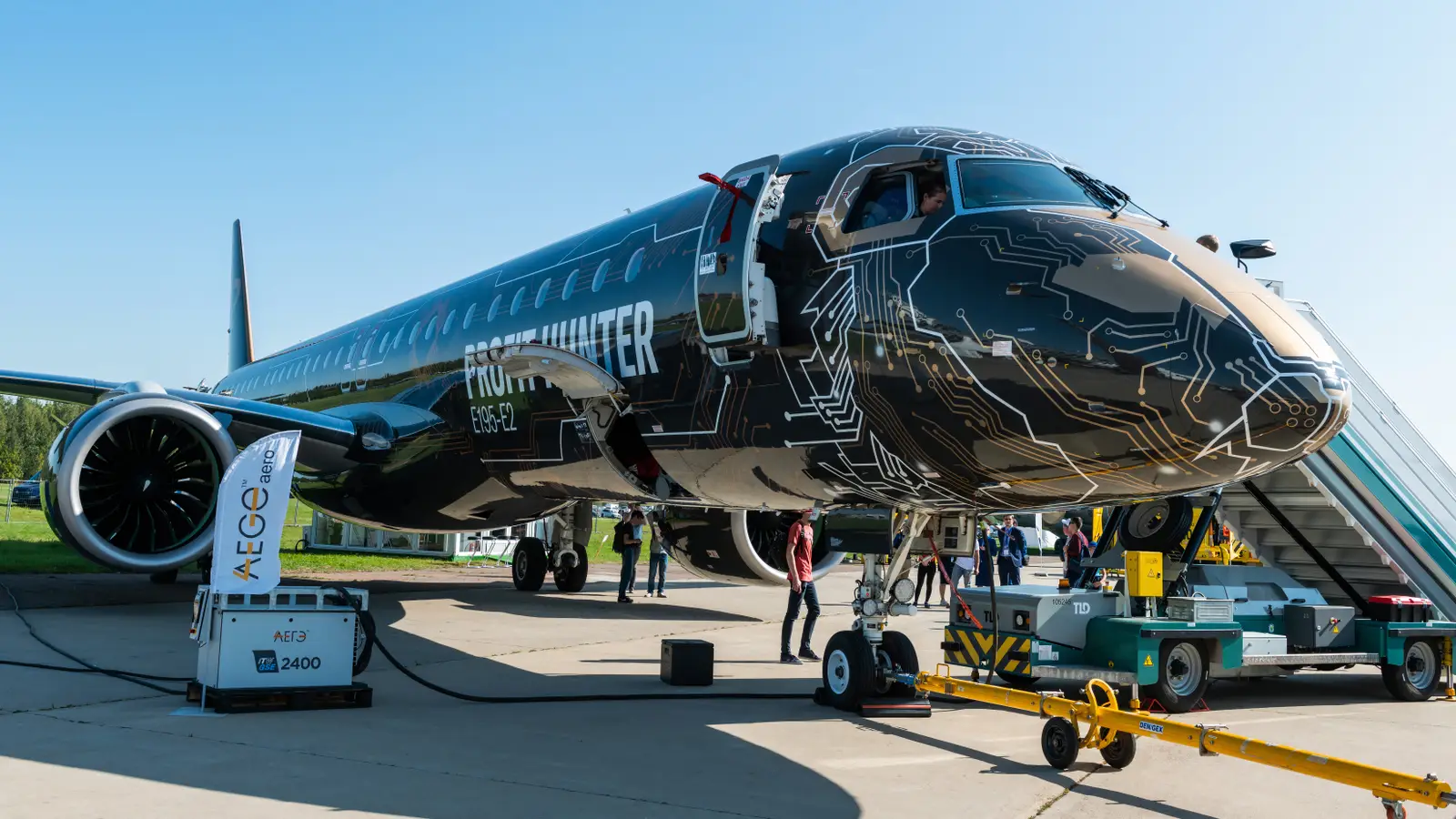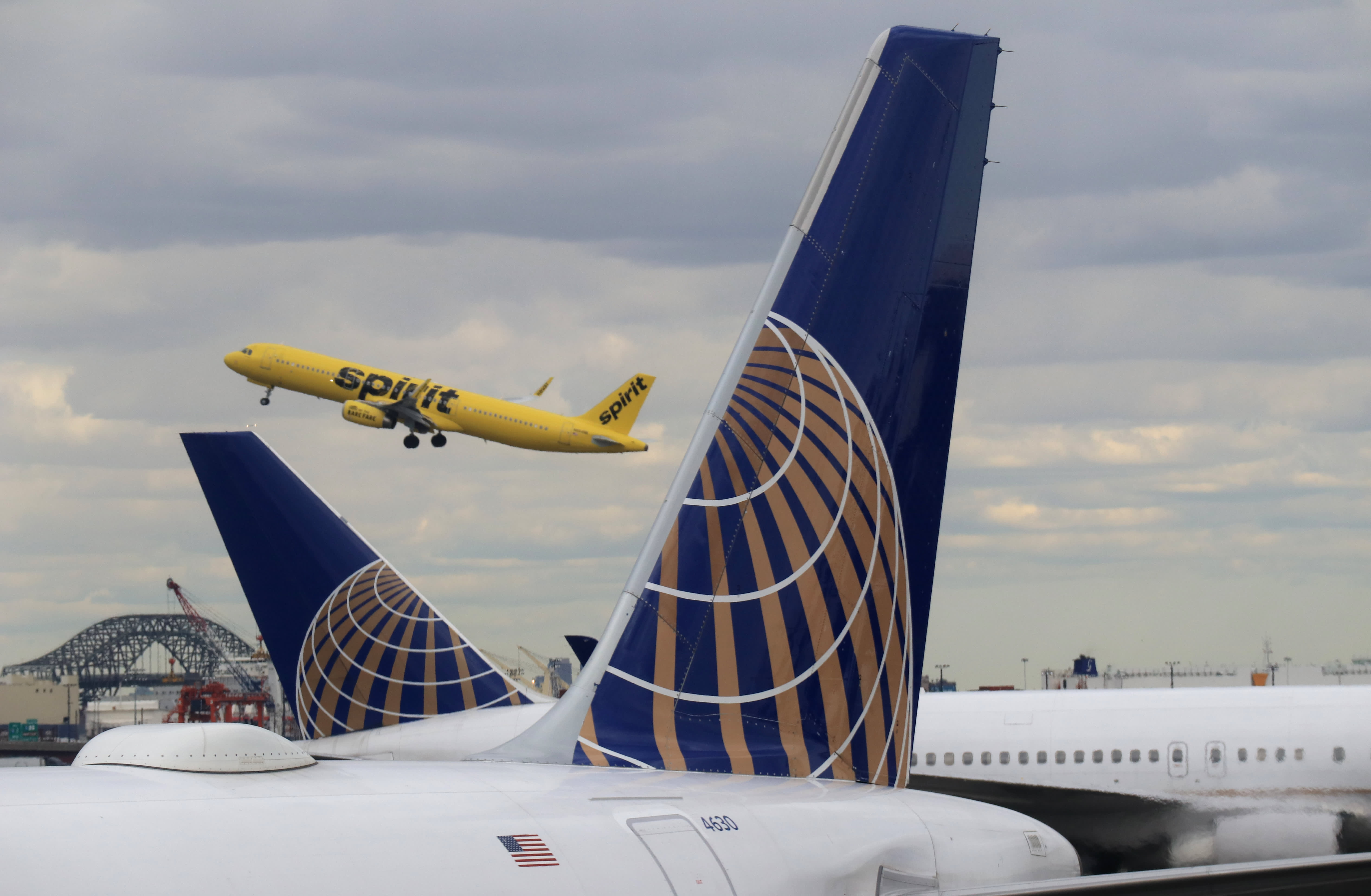
Metalworkers at Embraer’s São José dos Campos plant in Brazil initiated an indefinite strike on September 17, 2025, demanding wage increases and a formal collective labor agreement. As per a Reuters report, management is stating that operations are continuing as normal, even as the strike occurs after the union rejected the company’s offer for a new contract last week.
Embraer is targeting between 77 and 85 commercial aircraft deliveries for 2025, and management insists that the strike will not derail its year-end goals. The dispute, however, underscores wider labor tensions across the aviation sector at a time of high global demand for aircraft. Embraer is also insisting that its executive aircraft division will not be impacted either.
The Demands Of The Union And The Company’s Answer
At the center of the walkout is a wage dispute. Workers argue that Embraer’s proposal, which tied raises to inflation with minimal additional increases, fails to recognize their contribution to the company’s global success. The union has also raised alarms about cuts to protections for employees who suffer work-related injuries, saying those safeguards are a critical part of any fair labor agreement.
Embraer, however, is reluctant to commit to higher raises while balancing production costs and competitive pressures. The company insists it has offered a fair deal, pointing out that it must control labor expenses to remain competitive against Airbus, Boeing, as well as competing business jet manufacturers. Executives say they are committed to dialogue, but they have publicly stressed the need to maintain output levels
For the union, the strike is as much about visibility as it is about wages. By staging an indefinite walkout, workers are pushing Embraer into a position where it must weigh potential reputational damage and customer concerns against its resistance to labor demands. From here, we will see how long the company can sustain planned production rates and how long the strike can last.
Embraer’s Current Production Targets
Embraer’s year-end delivery targets add urgency to the dispute. By September 16, the manufacturer had delivered 35 commercial aircraft, leaving nearly 50 jets to be completed before December. The company is even more reliant on its business jet division, which it hopes can deliver roughly 145 to 155 units before year’s end, of which it has delivered 61 units so far.
Embraer has weathered labor disputes in the past with minimal impact on customers, and it’s known for being one of the most reliable manufacturers in the industry. However, these measures come with costs and potential long-term strain on workforce morale. If the strike continues beyond a few weeks, the company may face mounting pressure to compromise.
For now, Embraer is focused on projecting stability to its airline customers and investors. Deliveries remain the company’s most visible performance metric, and any slippage could dent confidence at a time when demand for new planes is strong. With competitors eager to capitalize on any perceived weakness, Embraer has strong incentives to keep assembly moving smoothly, even under challenging circumstances.
Strikes Across The Aviation Industry
The Embraer dispute is part of a broader pattern of labor unrest across the aviation industry in 2025. In the United States, Boeing workers are currently on strike at facilities in Missouri after rejecting a proposed labor contract. These workers, who build military jets and weapons systems, cited pay and benefits as their primary concerns.
Airline workers have also taken to the picket lines. Flight attendants at major airlines, most recently Air Canada, have threatened or staged strikes in recent months, seeking higher pay, better scheduling protections, and stronger safety measures. These disputes reflect the growing leverage of frontline staff as airlines grapple with staffing shortages while trying to meet resurgent passenger demand.
These strikes (and more in different sectors, such as ground operations) have been hugely disruptive to the respective companies involved as well as the broader industry. With inflation, high demand, supply chain shortages, and many expiring union contracts, employees are pushing harder than ever for better compensation and protections, with the strike at Embraer being the latest example.



